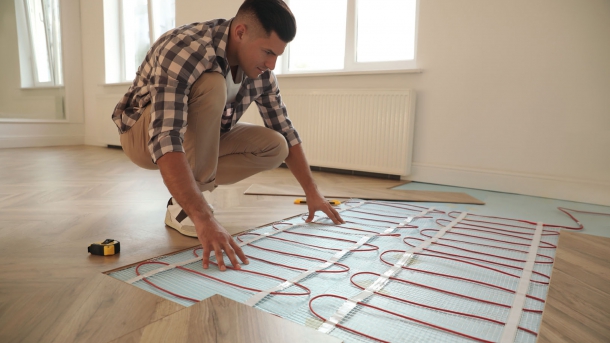Is Your HVAC Contracting Business Ready for the A2L Refrigerant Transition?

The HVAC industry is undergoing a significant shift, and one of the most important changes in recent years is the transition to A2L refrigerants. These low global warming potential (GWP) refrigerants are becoming the new standard, replacing higher-GWP refrigerants like R-410A in air conditioning and refrigeration systems. As regulations tighten around environmental sustainability, HVAC contractors must adapt to stay ahead of the curve. But is your business ready for the A2L refrigerant transition?
What Are A2L Refrigerants?
A2L refrigerants, such as R-32, are part of the new generation of refrigerants that have a much lower GWP compared to their predecessors. They are less harmful to the environment while still maintaining high energy efficiency. However, A2L refrigerants are mildly flammable, which makes them different from the non-flammable refrigerants commonly used in HVAC systems today.
While these refrigerants offer long-term environmental benefits, their flammability poses new challenges for HVAC contractors, especially in terms of installation, safety, and equipment handling.
Key Considerations for Contractors
- Training and Certification
The shift to A2L refrigerants means that HVAC technicians need to be properly trained and certified to handle these new refrigerants. Technicians must understand the specific handling requirements, including the importance of leak detection, pressure testing, and safe installation practices. Contractors should prioritize getting their team the necessary training and certifications from accredited organizations to ensure compliance with safety standards. - New Equipment and Tools
Using A2L refrigerants often requires updated tools and equipment. Existing equipment may not be suitable for handling the pressures or flammability risks associated with A2L refrigerants. Contractors may need to invest in new tools such as specialized recovery machines, leak detectors, and manifold gauges. Upgrading to equipment designed for A2L refrigerants ensures safe, efficient, and compliant installations and service. - System Design Modifications
The characteristics of A2L refrigerants can require modifications to system design. Components like condensers, evaporators, and compressors may need to be re-engineered to handle the new refrigerants’ properties. This means contractors will need to be familiar with the latest manufacturer guidelines for system compatibility, as well as adjustments in refrigerant charge amounts and operating pressures. - Safety Precautions
Because A2L refrigerants are mildly flammable, contractors must follow stricter safety protocols. This includes proper ventilation during installations, ensuring that work areas are free of ignition sources, and following specific guidelines for leak testing and refrigerant recovery. Being proactive about safety will not only help avoid accidents but will also keep your business compliant with evolving safety regulations.
The Bottom Line: Preparing for the Future
As A2L refrigerants become more widely adopted, the HVAC industry will inevitably face a period of transition. But this change presents an opportunity for HVAC contractors to stay ahead of the competition. By investing in training, updating equipment, and adapting to new system designs, contractors can position their businesses as leaders in a more environmentally-conscious industry. The A2L refrigerant transition is not just about compliance—it’s about ensuring the longevity and success of your HVAC contracting business in an increasingly eco-aware market.
Is your HVAC business ready to embrace the future? Getting prepared for the A2L refrigerant transition today can give you a competitive edge tomorrow.
MORE ARTICLES

Troubleshooting Common Hydronic Heating Issues and How to Fix Them
Hydronic heating systems are reliable and efficient—but like any system, they can develop issues over time. Here’s how to spot and solve the most common problems.
READ MORE
Why Sourcing from a Specialized HVAC & Hydronics Wholesaler Saves You Time and Money
When it comes to HVAC and hydronic systems, every project demands high-quality components, expert advice, and reliable supply chains.
READ MORE.jpg)
How Heat Pump Technology Is Influencing the Residential and Commercial Water Heater Segment
The rise of heat pump technology has been one of the biggest shifts in the HVAC industry in recent years. But its impact extends beyond space conditioning — it’s also transforming how both homeowners and businesses think about water heating.
READ MORE



